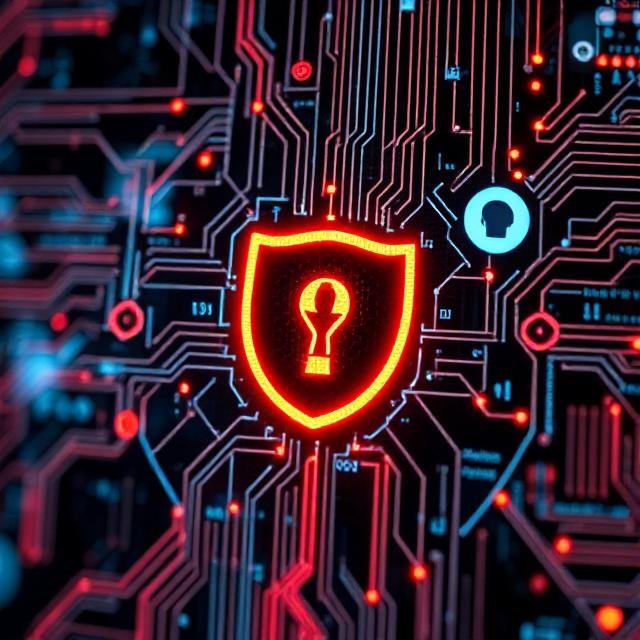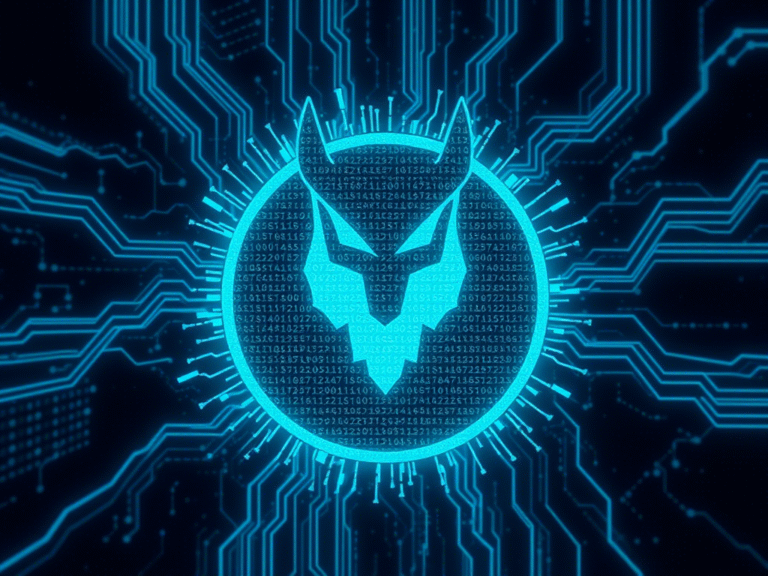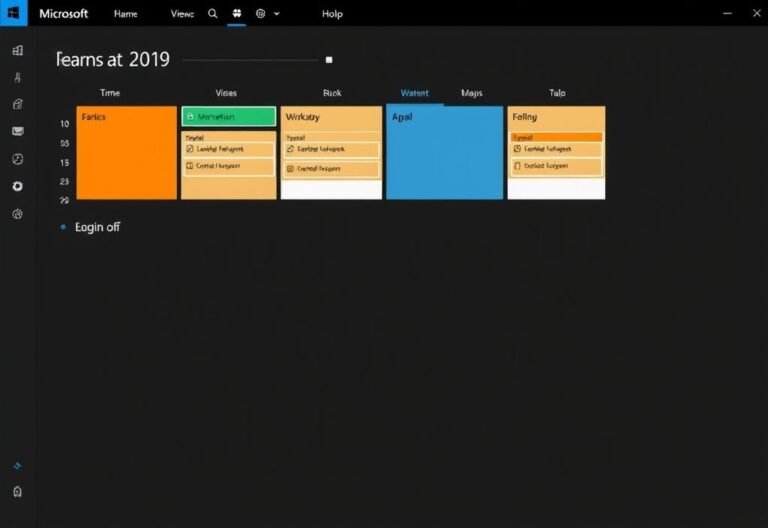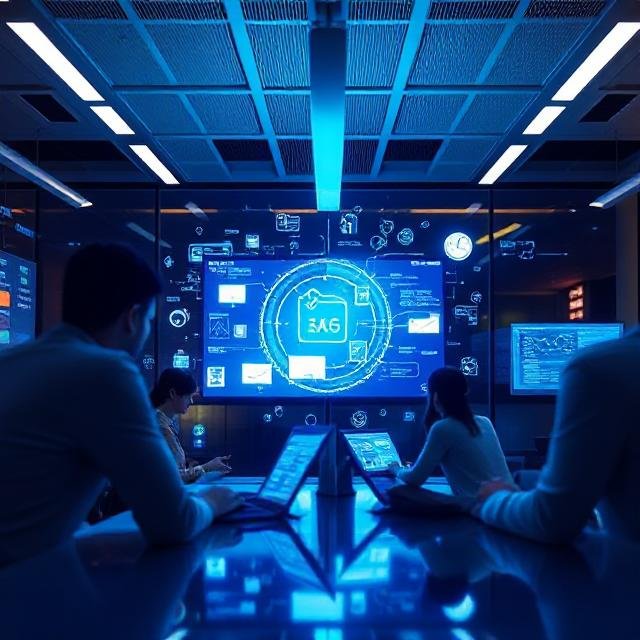Cybersecurity Isn’t One-Time: Why You Need Constant Watch

Cybersecurity Isn’t One-Time: Why You Need Constant Watch
Imagine leaving your home for vacation and assuming everything is secure — no need to check again, right? But what if a small window was left open or a lock was faulty? That’s exactly the risk many businesses take when they skip continuous cybersecurity monitoring .
In today’s fast-moving digital world, threats don’t wait. Hackers move quickly, exploiting weaknesses before you even know they exist. And traditional security tools alone aren’t enough anymore.
That’s where continuous monitoring steps in — acting like a 24/7 digital watchdog, always scanning for risks and sounding the alarm before real damage occurs.
Why Real-Time Monitoring Matters
Cybersecurity isn’t a one-time setup — it’s an ongoing process. Here’s why continuous monitoring should be at the heart of your strategy:
⚡ Breaches Happen in Seconds
Modern cyberattacks can unfold in moments. Without real-time visibility, you could miss critical signs of intrusion until it’s too late. Continuous monitoring gives you the early warning needed to act fast.
🔍 Advanced Threats Need Smarter Defense
Hackers are using increasingly complex methods that bypass standard firewalls and antivirus tools. Ongoing monitoring dives deeper — tracking unusual behavior, network traffic, and user activity to uncover hidden dangers.
📜 Compliance Requires It
Many regulations — like GDPR, HIPAA, and PCI-DSS — require ongoing threat detection. Skipping monitoring doesn’t just put data at risk — it can lead to fines and legal trouble.
💡 Peace of Mind and Cost Savings
Detecting threats early helps avoid costly breaches and downtime. Plus, automation reduces manual work, letting your team focus on strategic security tasks instead of firefighting.
What Does Continuous Monitoring Involve?
It’s not just one tool — it’s a full-picture approach combining several key elements:
- Log Management : Collect and analyze logs from apps, servers, and devices to spot suspicious activity.
- SIEM (Security Information & Event Management) : Centralize security data for better visibility and faster threat detection.
- Vulnerability Scanning : Regularly check systems for weaknesses so you can patch them before attackers do.
- User Behavior Monitoring : Track how users interact with systems to catch insider threats or account compromises.
- Network Traffic Analysis : Watch for malware, unauthorized access, or strange communication patterns.
More Than Just Threat Detection
Beyond spotting attacks, continuous monitoring offers other powerful benefits:
- Fewer False Alarms : Better data analysis means fewer false positives — so your team focuses only on real threats.
- Faster Response Times : Get alerts as soon as something goes wrong, allowing quicker action and less damage.
- Stronger Security Posture : Identify weak spots and fix them proactively to stay ahead of threats.
- Simplified Compliance Reporting : Generate audit-ready reports that prove you’re meeting industry standards.
How to Start Implementing Continuous Monitoring
Getting started doesn’t have to be complicated. Here’s a simple roadmap:
- Assess Your Risks : Understand your assets, vulnerabilities, and compliance needs.
- Choose the Right Tools : Pick solutions that match your size, budget, and goals — or consider managed services.
- Create a Monitoring Plan : Decide what to monitor, who responds to alerts, and how incidents are handled.
- Train Your Team : Make sure your staff knows how to use the tools and respond effectively to threats.
Your First Step Toward Proactive Security
Continuous monitoring isn’t optional — it’s essential. In a world where cyber threats never sleep, your business shouldn’t either.
Don’t wait for an attack to expose gaps in your defenses. Take control now and make continuous monitoring part of your cybersecurity DNA





